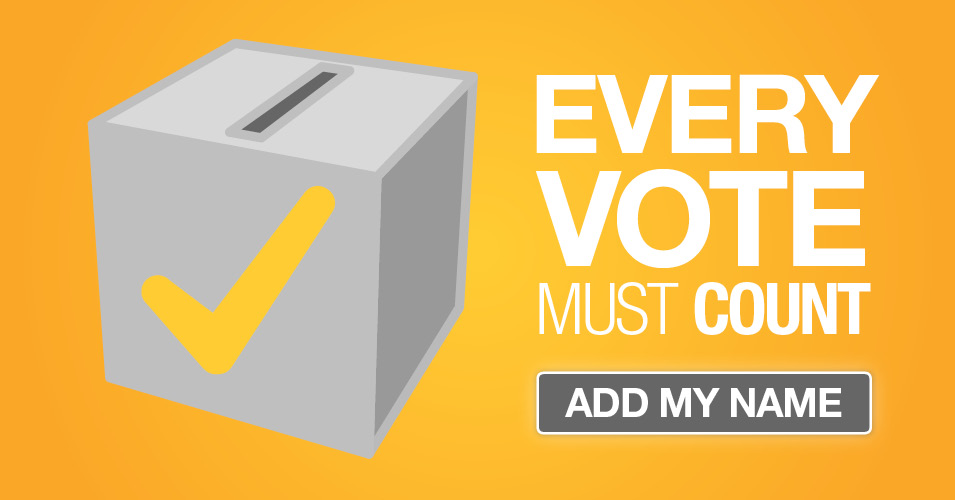June 8th, 2016
5 things to know about proportional representation
Get to know the voting system that increases turnout, leads to a more diverse Parliament, and is incredibly popular
Our current first-past-the-post (FPTP) system has been around since before cars, electricity, and penicillin. It gave the Liberals in 2015 and the Conservatives in 2011 a “false majority” government with 100% of the power in the House of Commons by winning only 39% of Canadians’ votes. The overwhelming majority of Canadians think this model is unfair – and so do we.
We think that a fair system is one where a party that gets about 20% of the votes should get about 20% of the seats. They are called proportional systems because the number of seats a party gets is based on the share of votes they received. Here are a few things you might not know about proportional representation:
- Proportional representation is incredibly popular: Over 90 countries use a proportional voting system, including 85% of OECD countries, such as Ireland, Germany, Scotland, Wales, Sweden, and Denmark.
- Proportional representation means higher voter turnout: Research shows that voter turnout is five to 7.5% higher on average in countries that use proportional representation.
- Proportional representation leads to a more diverse, gender balanced Parliament: Countries that use proportional representation have more diverse parliaments with more individuals from under-represented groups. Of the countries that have more than 30% women in their legislature, the majority use PR. And countries that use proportional representation see up to eight per cent more women in their legislatures compared to first-past-the-post systems.
- Proportional representation does not lead to instability or never-ending elections: Canada, under first-past-the-post, has had more elections since WWII than Germany, Ireland, Sweden, and Spain – all countries who use proportional representation.
- You can have proportional representation and a local MP: Many proportional systems, such as Mixed Member Proportional (MMP), allow voters to elect a local representative and a representative for the broader region. This ensures that the number of seats a party wins is proportional to the vote that party receives, while also giving voters a local voice that is responsive to their local needs and concerns.

